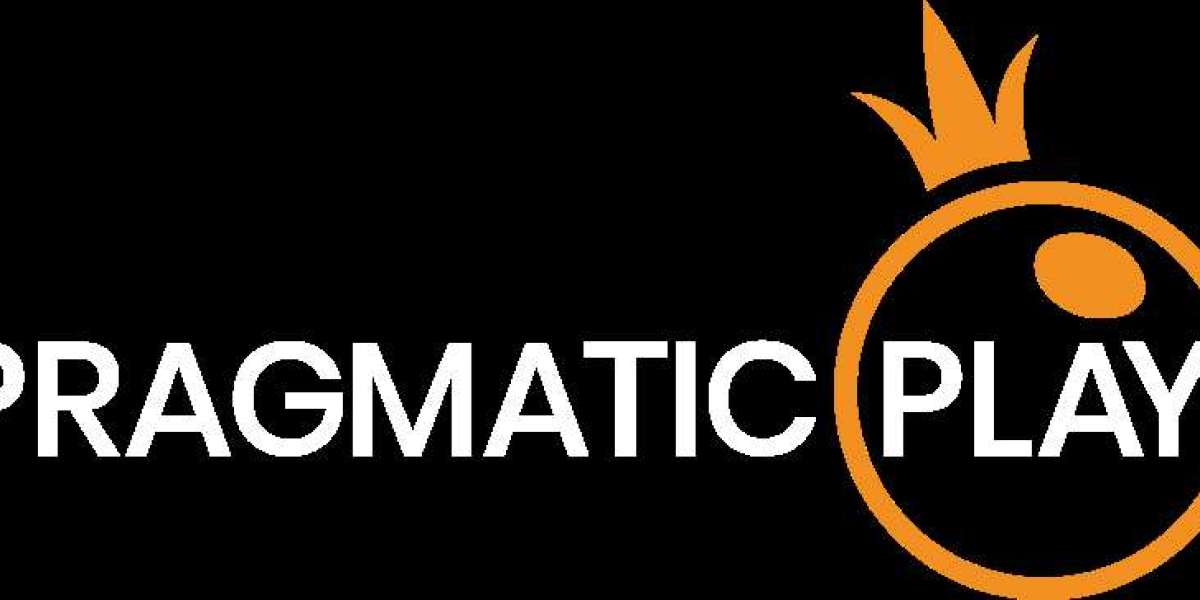El lenguaje corporal es la forma más importante de la comunicación no verbal, ya que la expresión facial, los movimientos y la postura corporal son la expresión mucho más inmediata de nuestros sentimientos. La razón de o sea que la mayoría de estas señales se emiten de manera inconsciente. Sobre todo, en instantes emocionales de alegría, temor, enfado o tristeza es prácticamente irrealizable dominarlo. Es importante prestar atención al lenguaje corporal propio y extraño para entender mejor las emociones y necesidades de las personas que nos rodean. Además de esto, estudiar a interpretar apropiadamente el lenguaje Leitura corporal Feminina puede ayudarnos a progresar nuestras capacidades de comunicación y empatía.
Sonrisa
Ayudo a otros inconformistas a superar sus miedos con la ciencia de las relaciones sociales. En una situación social, que haya un individuo sentada con brazos y piernas cruzados probablemente signifique que se ha retirado de la conversación. En verdad, los investigadores Allan y Barbase Pease hicieron un ensayo que probó que la gente recordaban menos datos de una conferencia si la escuchaban con los brazos y piernas cruzados. En general el ser humano está planificado para arrimarse a eso que quiere y alejarse de lo que no quiere. La forma como alguien ubica sus piernas puede darte algunas de las pistas más valiosas sobre la comunicación no verbal puesto que te va a estar señalando hacia donde desea realmente ir. Las manos, juntamente con los brazos, son entre las partes más móviles inteligentes del cuerpo y en consecuencia ofrecen un colosal registro de posibilidades de comunicación no verbal. Lo más común es utilizarlas para indicar algunas partes del cuerpo con la meta de mostrar autoridad o sexualidad.
¿Cómo aprender a usar el lenguaje corporal?
Por todo esto, durante una charla es frecuente que observemos a nuestro interlocutor para comprender si nos escucha, si le agrada lo que mencionamos o si está de acuerdo. Así asimismo, tenemos la posibilidad de conocer y entender lo que el otro piensa en verdad, cuáles son sus intenciones, lo que desea decir y hasta lo que calla. Buen libro, en ocasiones decía cosas muy obvias y se hacia pesado pero esta muy bien explicado y da ejemplos que te asistencia ha comprenderlo mucho mejor. Un estudio de vídeos de personas abrazando perros mostró signos frecuentes de agobio y ansiedad, y dos tercios de los perros respondieron mordisqueando o mordiendo al abrazador.
La importancia del lenguaje corporal en la comunicación
Body language and facial expressions can reveal a person’s emotional state, intentions, and comfort stage. For example, crossed arms and a furrowed forehead might indicate defensiveness or discomfort, while a smile and open posture can suggest heat and friendliness. Understanding these alerts can help us regulate our behavior and communication type to better join with others and avoid misunderstandings. Understanding the function of proxemics in nonverbal communication is crucial to understanding physique language and facial expressions.
Body Language Signal #3: Eyes & Lips
Anecdotally, I also have some pals who talk like their play speed is zero.5x. And additionally they move that way, too, with sluggish eye movements! Take note of your friends’ eye velocity the next time you grasp round or play board games. In some research, prisoners have even reported that when new inmates arrive, they search for troubled, lowered-eyebrow behavior in newcomers to reveal which of them are weak and insecure. A fast eye blink or a short burst of eye blinks (2–3 in lower than a second) can even sign profound disbelief, whereas quicker blinks can mean larger disbelief or nervousness, as nicely.
This neurological response helps explain why eye contact is so essential in forming connections and why it may possibly really feel so intimate. At its easiest, the attention consists of a lens that focuses gentle onto the retina, which then converts this mild into electrical signals that our mind can interpret. The iris, that colorful ring surrounding the pupil, continuously adjusts to manage the quantity of light getting into the eye. Meanwhile, six tiny muscles work in perfect harmony to move the eyeball in its socket, allowing us to trace transferring objects, scan our environment, and give consideration to particular factors of curiosity. On the opposite hand, pupil constriction means the opposite of pupil dilation. When we see one thing we don’t like or somebody our pupils will constrict or go smaller. From the findings above, what's the best way to convey a "constructive you" using eye contact?
Averting gaze
For example, research found that people who maintained an upright seated posture whereas coping with stress had higher ranges of self-esteem and more positive moods in comparability with people who had slumped posture. Body language can inform you when somebody feels anxious, angry, excited, or any emotion. It can also recommend persona traits (i.e., whether or not somebody is shy or outgoing). Gestures can be a few of the most direct and obvious body language indicators. Waving, pointing, and utilizing the fingers to point numerical amounts are all very common and straightforward to know gestures.
Beta Male Behavior: Exploring Characteristics and Social Dynamics
If you suppose you've what it takes to know the hidden that means behind the eyes, it’s time to put your skills to the check. We love conducting new experiments on human habits right here in our Science of People human behavior analysis lab, and we want to know how good you would possibly be at decoding emotions simply from the eyes alone. In the realm of facial conduct evaluation, combining eye conduct with different facial cues might lead to more correct emotion recognition techniques. This may have functions in fields ranging from safety and law enforcement to customer service and education. One area where eye habits has confirmed notably revealing is in autism spectrum disorders (ASD). Children with ASD typically show distinct patterns of eye contact and gaze behavior from a really young age.
Lowered eyebrows
While dance and pantomime each expressed significant emotive themes, the standard of movement and the kinds of gestures used had been completely different. Pantomime sequences used pretty mundane gestures and natural, on a daily basis movements. Dance sequences used stylized gestures and interpretive, prosodic movements. The critical distinction between these two forms of expressive motion is in the degree of abstraction within the metaphors that hyperlink movement with meaning (see Morris, 2002 for an in depth discussion of movement metaphors).






